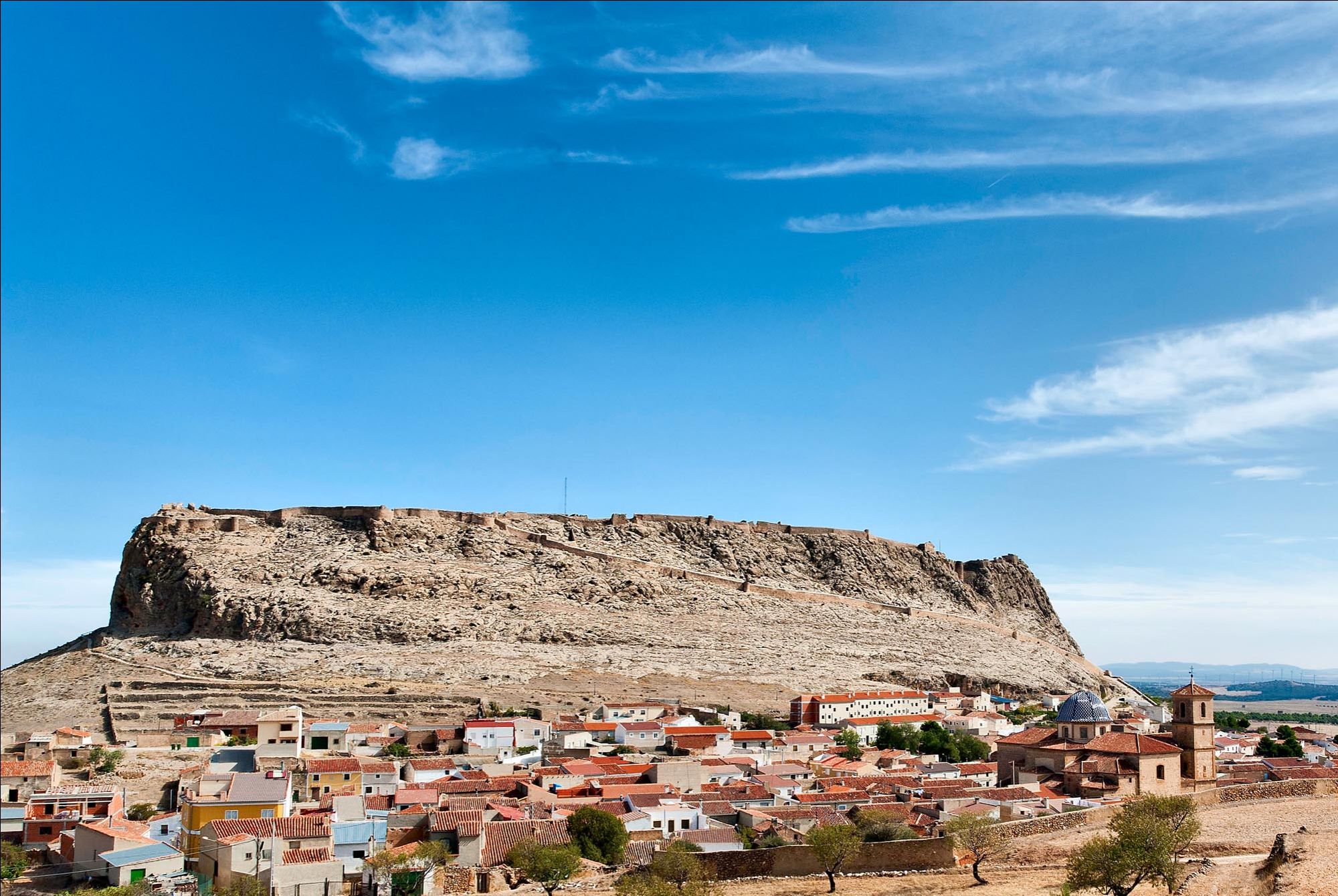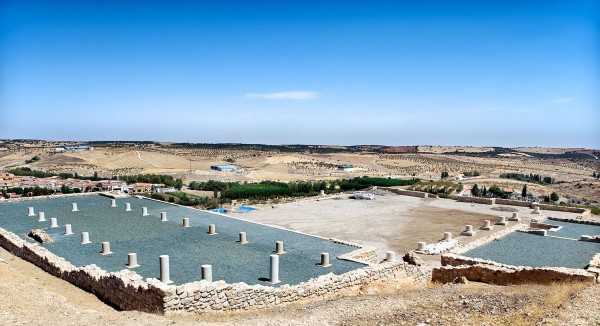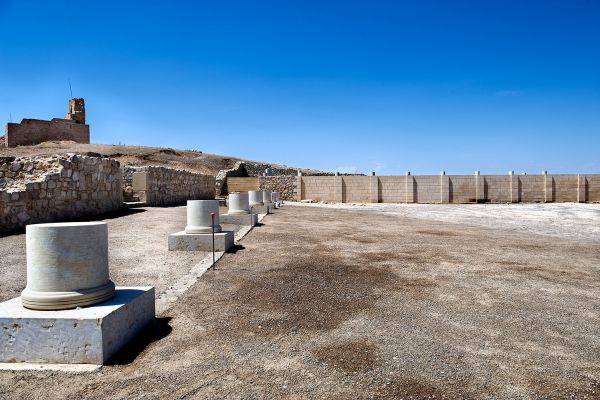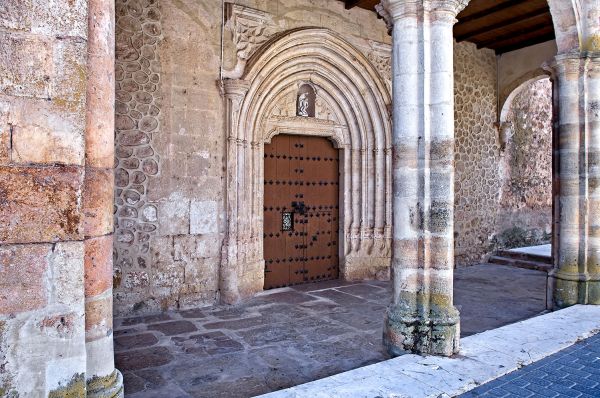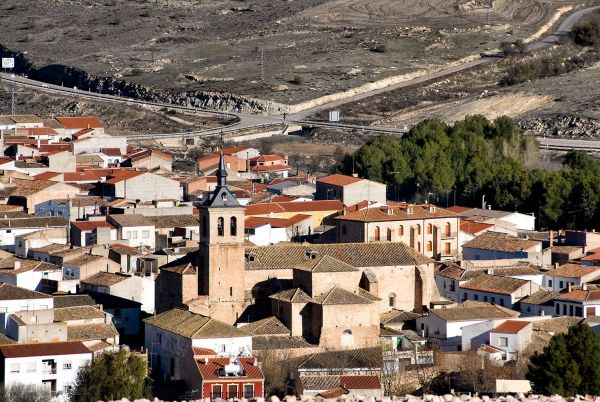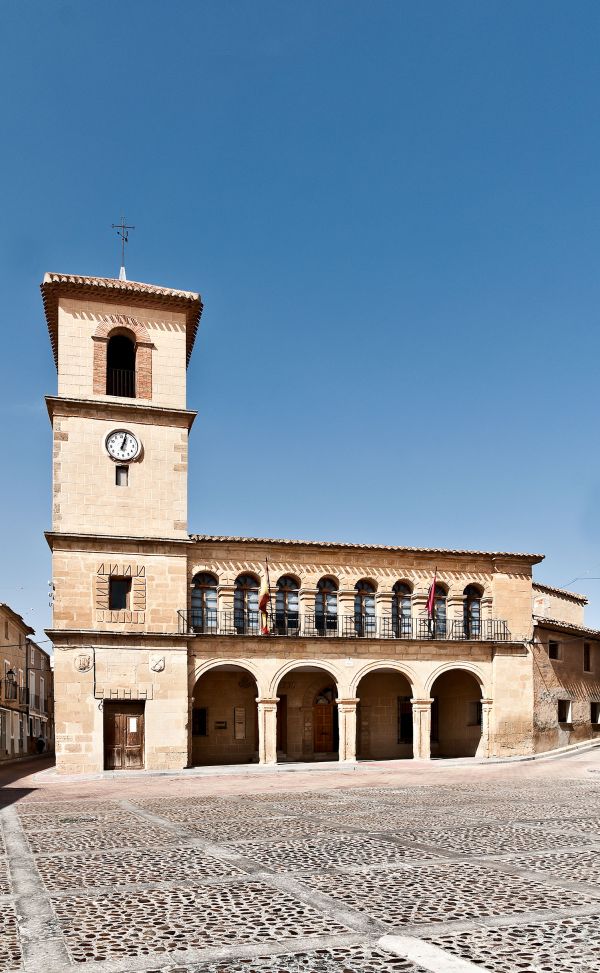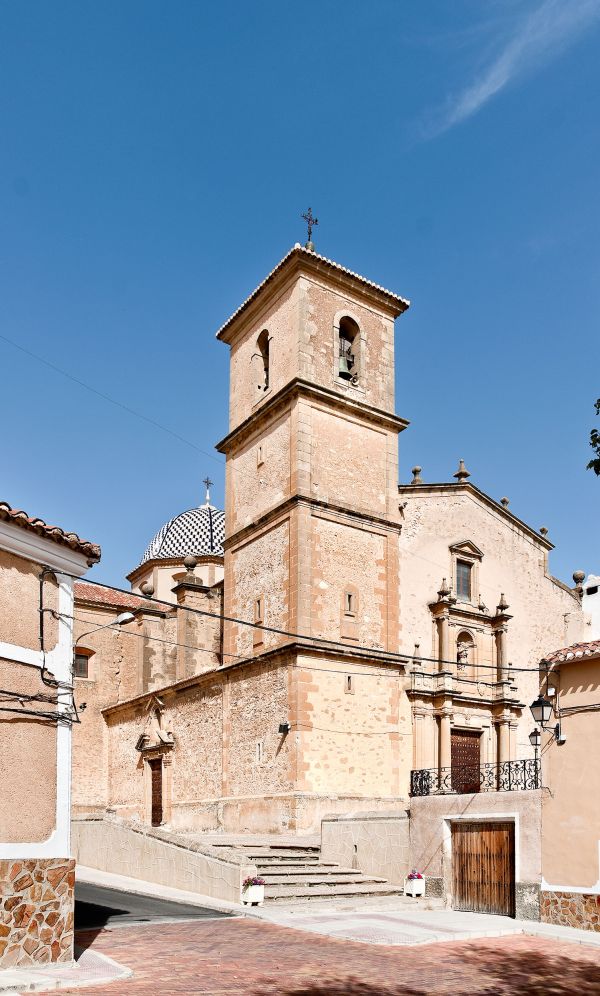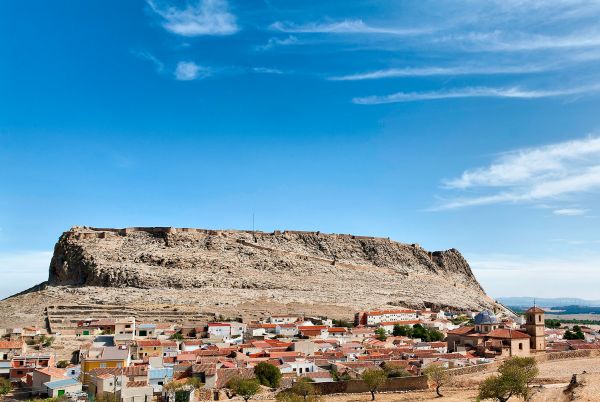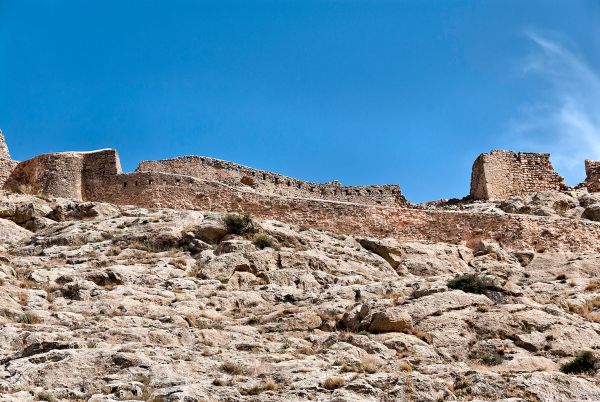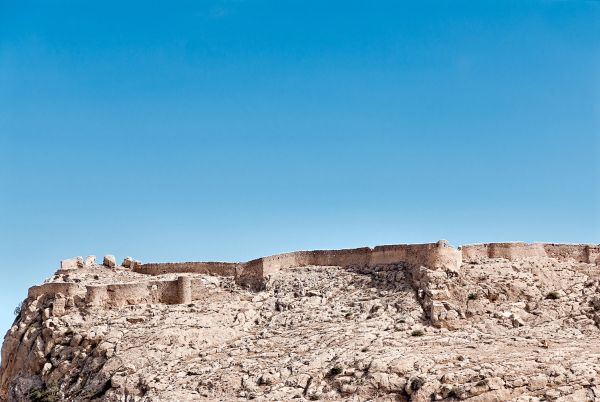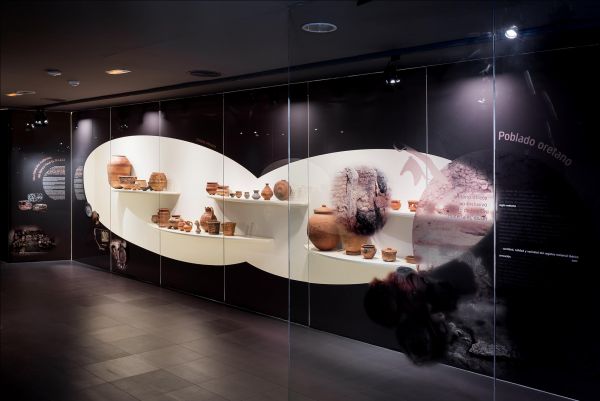From Peñas de San Pedro to Libisosa
Albacete
Peñas de San Pedro, 30 km from Albacete, is a small town situated between plains and mountains. However, from afar, well before arriving, we can make out a large hill stranded in the La Mancha plains, like a huge ship in the middle of the ocean. Atop the hill, the Peñas de San Pedro castle. It’s easy to imagine the importance it must have had strategically for the societies that came this way, from the Bronze Age on: Carthaginians, Romans, Muslims and even Christians.
From the main square, the Calle de la Fuente leads straight to the cobblestoned street to the castle. The walk, following the wall, takes around 15 minutes. From above, we can see the endless La Mancha plains on the one hand, and the foothills of the Alcaraz and Segura ranges on the other. On clear days, you can even see La Almenara peak.
From this same castle esplanade, there is a road that lets us travel all the way round the hill. If we’re in luck, we might even see some of the birds of prey that nest on the rocky ledges. It takes about 30 minutes to walk around the hill.
From Peñas de San Pedro, we travel towards the Libisosa Archaeological Site, in Lezuza, in a spot called Cerro del Castillo. We are looking at the remains of a human settlement that began in the Bronze Age, which gave rise to an important Iberian oppidum and then a major Roman colony –then called Libisosa–, and would later become a religious and military defensive complex after the Reconquest, until it was later abandoned. In Lezuza, we can visit the Libisosa Museum.
The Roman colony of Libisosa benefited from a prime location at the crossroads of farming routes in the Iberian Peninsula, which was essential for its development.
A guided tour of the archaeological site takes around 3 hours.
The areas surrounding the town of Lezuza offer visitors pleasant walking territory. The Lezuza river winds through fertile plains, mainly used for growing fruit and vegetables, with lush forests of willows and poplars. Following the course of the river, we’ll pass by “Los Ojuelos” and the Fuente del Charco (Pond Fountain), water springs that feed into the river.
In the hamlet of Tiriez, the ethnographic museum is one of the province’s most interesting museums. It includes Saffron, Hunting and Mills of the Lezuza River Interpretation Centres, and the archaeological remains of the Bronze and Iberian Ages. It also reproduces different environments showing daily life in the Campo de Montiel region.
To end our trip, we’ll unwind in the stunning Arquillo Lagoon Natural Monument, the perfect place for enjoying the water in summer months and for taking walks in the surrounding area all year round. Its waters are rumoured to be bottomless!
This lagoon is considered to be one of the richest lakes in terms of biology in Albacete province, and is the perfect place for watching a large number of birds or aquatic plants such as water lilies.
Libisosa Archaeological Site-Agrippina Sociocultural Centre
Avda. del Rey, 7. 02160 Lezuza (Albacete)
Telephone number: 967 35 40 01 / 689 51 17 21
Email address: oficinadeturismolezuza@gmail.com
May also be of interest to you
Castilla-La Mancha Tourism in 2023. All rights reserved.
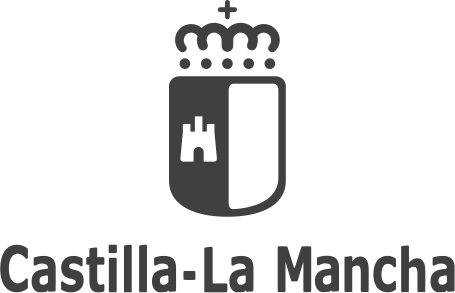
 365
365
